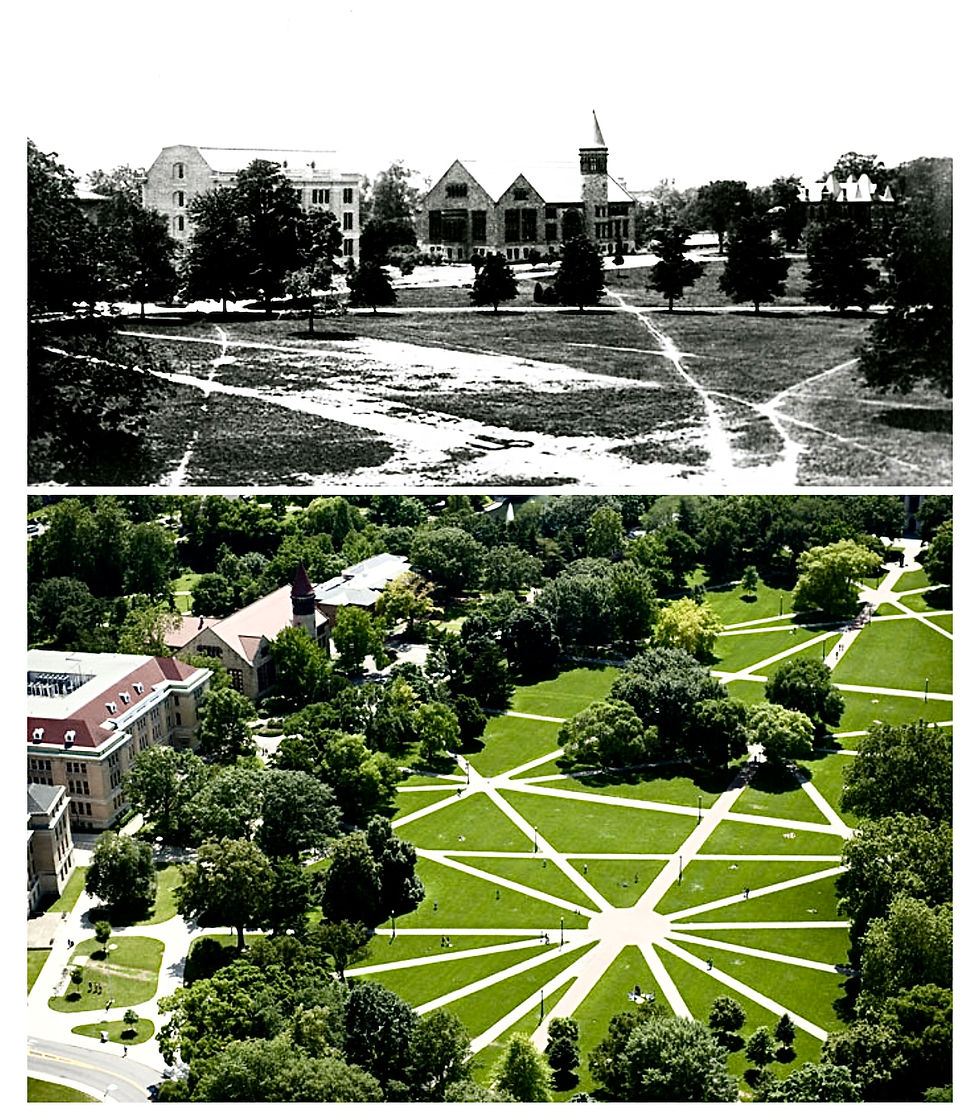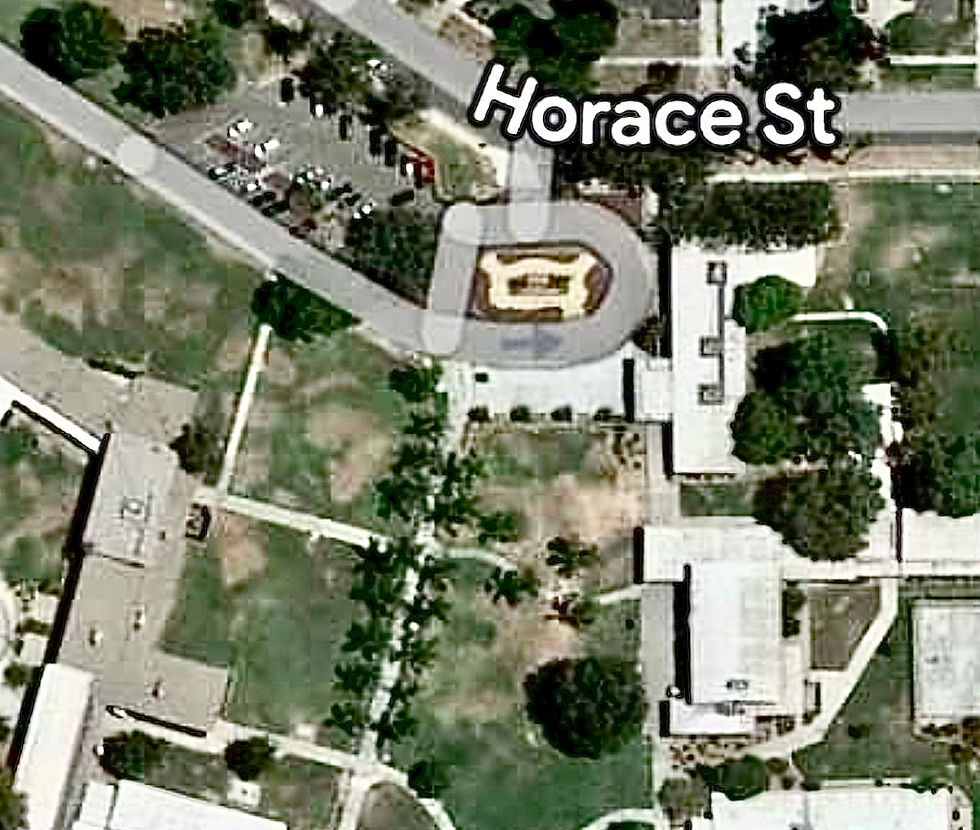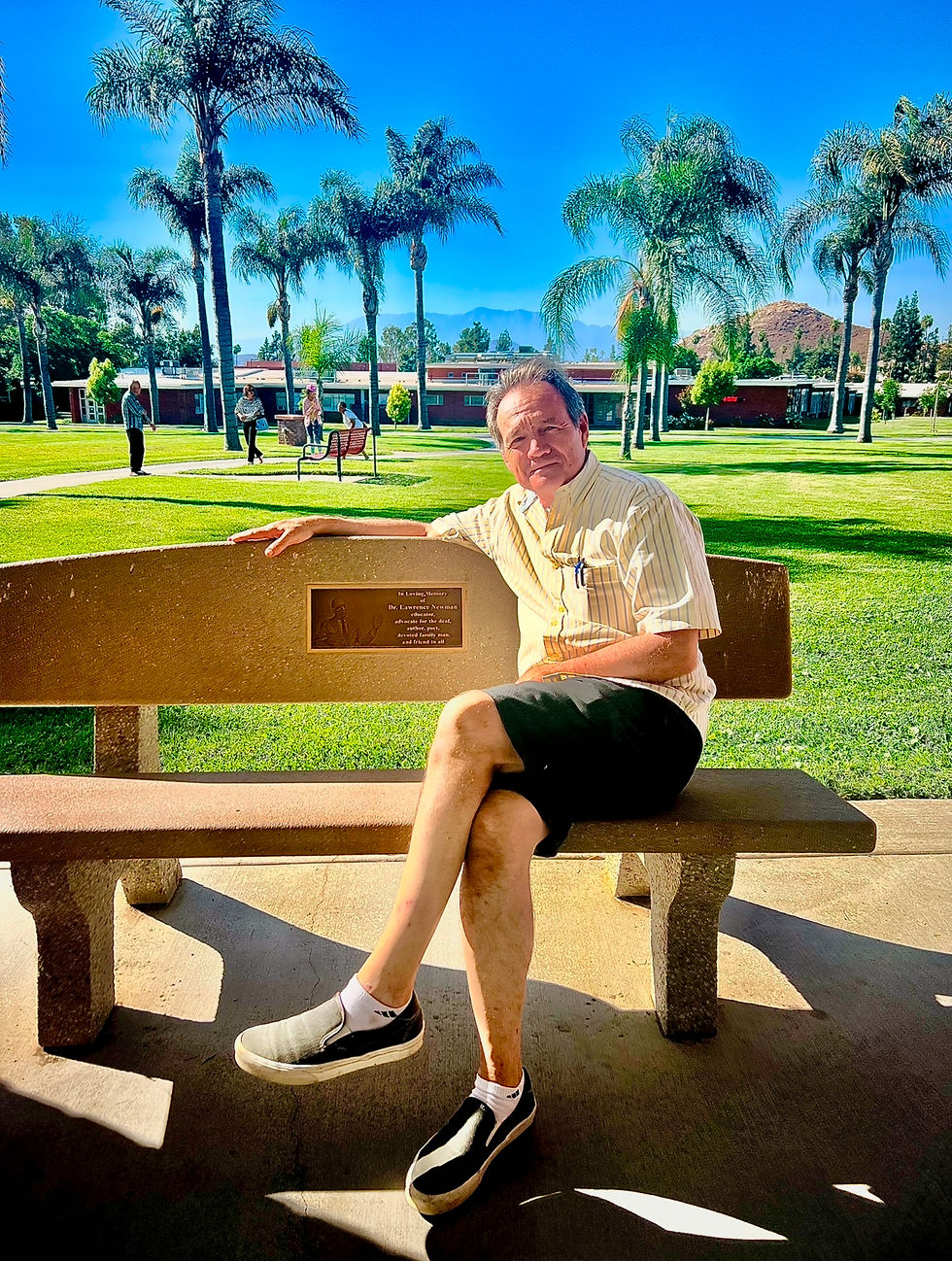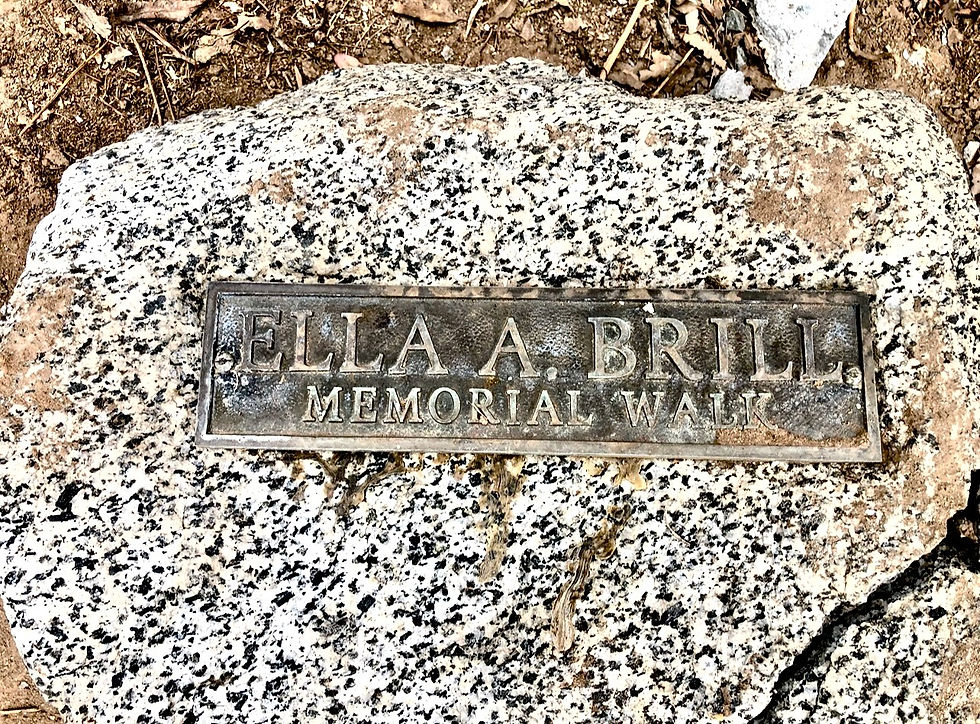Dr Brill’s Ground Rule: Keep off the Grass
- Kevin Struxness
- Feb 2
- 2 min read
Updated: Feb 3
Students and staff from the Brill era (1953 to 1977 and 10 years thereafter) remember the campus rule that nobody can walk on the grass.

In the bygone days, people were aware that they should not walk on the grass anywhere (schools, churches, public institutions, businesses). They were expected to stay on the sidewalk. CSDR was not an exception.
Bill Ramborger, ‘62, and Dick Ramborger, ‘64, had their father serve 30 years in the Navy, mainly in San Diego, known as the Navy town. Bill explains that the prohibition against walking on the grass is rooted in military tradition, discipline and the maintenance of the grounds.

Bobby Skedsmo, ‘63, cites Dr. Brill, who was noted for his military training and instilling discipline and order in students. From 1942 to 1945, Dr. Brill served four years in World War II and picked up the military discipline and traditions for the new school.
Chris Hunter, ‘63, remembers the school rules well during his eight-year stay there. He adds that students caught walking on the grass were reminded or reprimanded for not following the established rule and emphasizing the importance of discipline in school life.
Sharon Nunn Vollmar, ‘68, regularly saw a sign posted at the entrance door of the vocational building to remind exiting students to remain on the pavement. Printing Teacher Toivo Lindholm (1955 to 1968) stood outside the door to monitor students during class changes and kept an eye on the grass.

Above is the Ohio State University campus. The black-and-white picture illustrates cowpaths, where students made shortcuts to their destinations. As a result, OSU built multiple walkways to help keep the campus beautiful again.

See the curved sidewalk in the center through the grass quad near the Brill Administration Building
Below, you can see people in the background walking on the curved path. In the center, a time capsule is in the brick tower.

Dr Brill frowned on the cow paths developed on the campus, giving an eye sore. In 1973, Dr Brill’s mother (Ella) died. He put her memorial fund to good use by building a curved walkway between the Social Hall and the Seely Center (formerly the P building, where the library is located).

I was a middle school social science teacher at CSDR for seven years, from 1994 to 2001. In the 1970s, I was disciplined to abide by the no-grass-walking rule. Hence, I stood outside to make sure students didn’t walk through the wet grass at 8:00 a.m. I hated to see wet grass cuts left in the classroom. My father served 20 years in the Air Force. I was a proud military dependent with an emphasis on discipline and honor.
Kevin Struxness, ‘76, MA
Editor, CSDR Old Times
2 February 2025







Comments